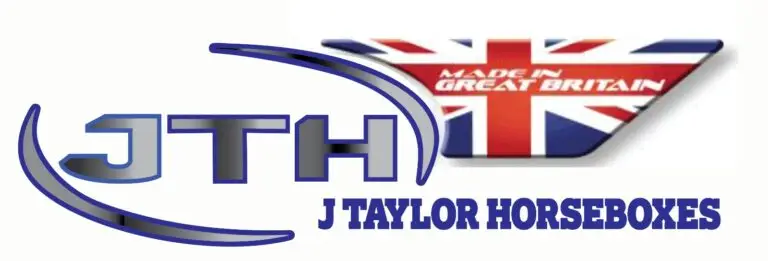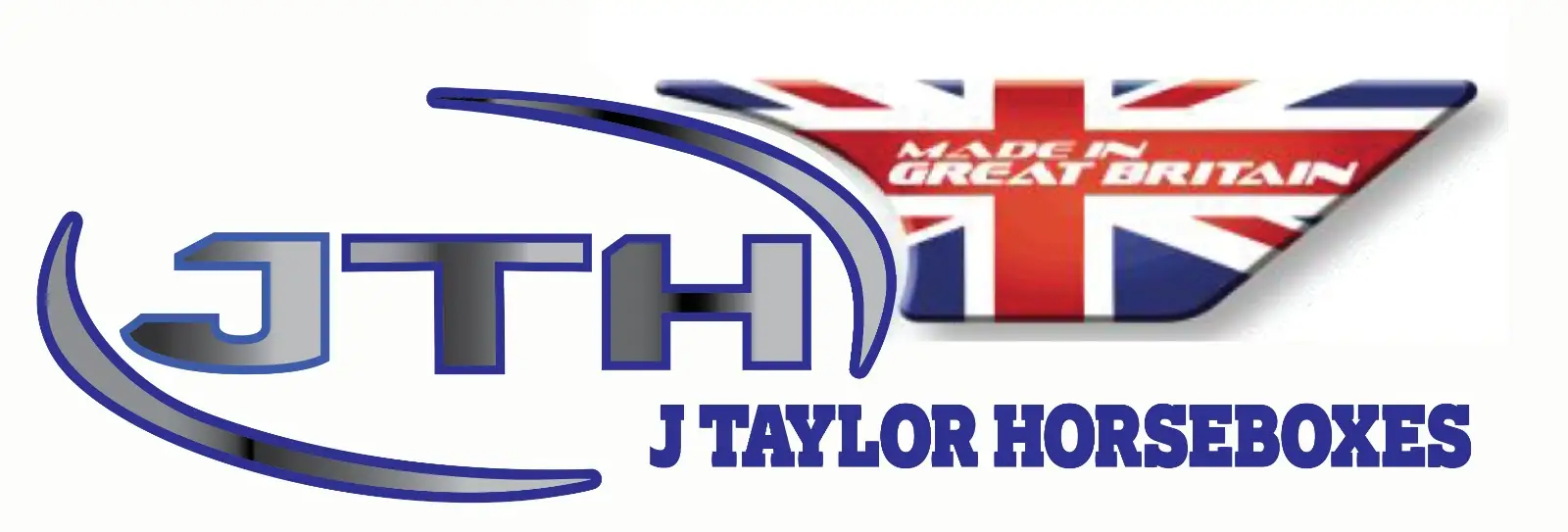Horsebox Durability


Table of Contents
Written by Kevin Parker of KPH
Horsebox Durability
For JTH, ‘Durability’ refers to the ability of a physical product or material to remain functional and maintain its performance over an extended period.
Having built a reputation over many decades for quality, safety, and durability, we know only too well how important material choices can be.
It goes without saying that areas where horses are loaded or transported need to be free from sharp edges and any possible danger.
However, there are many more design considerations to a safe design.
Horses can kick, bite, stamp, and rear and therefore a safe design with appropriate materials, parts, and finishes must work for the full lifecycle of the horsebox.
We design our horsebox durability (lifespan) to be decades and consequently material choices for durability outweigh cost or even ease of manufacture!
Our Research Findings
Our investigation focused on identifying optimal materials for crucial horsebox components, including horse partitions, horse doors, and ramps.
To illustrate our findings, we’ve included a few relevant examples below. This research underpins our commitment to durability and safety in horsebox design.
1. Aluminium
If you are looking for the best possible horsebox durability (lifespan), aluminium just doesn’t last long enough for every component part.
It will have significant weight and cost savings for a ramp, yet it has some rather large disadvantages.
If you mix it with other materials like steel hinges, and don’t separate them with a barrier, or the barrier fails at any time in the future, it rots alarmingly fast through a process called galvanosis.
Here is a blog explaining the issue in more detail – Aluminium in Horseboxes.
Additionally, aluminium does not cope well with flexing and takes considerable expertise and workmanship to design and manufacture joints, hinge fixings etc, that allow flexing without causing structural weld cracks.
2. Steel
Steel is an excellent all-round material commonly used for ramps and subframes in the horsebox industry. It is incredibly strong and easy to work with.
However, unless treated with appropriate paints and protective coatings, steel is prone to corrosion.
This corrosion occurs when iron reacts with oxygen and moisture, leading to the formation of iron oxides, commonly known as rust.
3. Stainless Steel
Stainless steel is a robust, corrosion-resistant metal blend primarily composed of iron, with a minimum of 10.5% chromium and varying amounts of other elements such as nickel, molybdenum, and carbon.
This unique composition grants stainless steel a resistance to rust and corrosion, making it suitable for a wide range of applications in horsebox manufacture.
It is considerably more durable than alternative materials, however, it is much more expensive!
Due to its high cost, its use is typically confined to critical areas like horse partitions or smaller, strategically important component pieces where maximum durability and corrosion resistance are paramount.
4. Shape and section
When designing for durability, the shape and cross-section of component parts play crucial roles in both strength and safety.
For example, it’s common to see horse partitions or gates manufactured using aluminium square box sections with sharp, potentially dangerous corners. While these square sections simplify manufacturing, reduce costs, and minimize weight, they compromise on durability and horse safety.
To achieve optimal durability and ensure horse safety, aluminium components would need to be significantly larger in cross-section and thickness.
Ideally, round sections should be used as they offer superior strength and safety, eliminating sharp corners.
This approach, though potentially more costly, prioritises the well-being of the horses and the longevity of the equipment.
5. Fixings
Fixings such as screws and rivets significantly impact durability in horsebox construction. In practice, these fixings often become the initial points of corrosion issues.
Consider an aluminium subframe as an example: the joints are typically bolted or riveted with fasteners made of a different material. This combination invariably becomes the starting point for galvanic corrosion, a process exacerbated by the continual flexing of the body during use.
On many horseboxes, evidence of galvanic corrosion is visible around locker doors where rivets or screws are used. This demonstrates how the choice of fixings can lead to long-term structural issues if not carefully considered.
6. Cappings
During our research, we observed many horseboxes using cappings to cover various items in horse areas and on ramps. However, we discovered that these cappings are rarely sealed properly upon initial installation.
For instance, we recently repaired a ramp where edge cappings, intended to secure rubber grip matting, were dry fitted (not sealed) and had come loose. Water had been seeping into the ramp since it was new, causing significant damage and loosening the screws.
The same horsebox also had kick sheets screwed to the walls in the horse area. These sheets had expanded and contracted due to temperature fluctuations. This continual expansion and contraction had loosened the screws, leaving some exposed – a potential hazard for the horses!
Designing the horse area in our horseboxes
It is a fact that our reputation hinges on safety, quality and durability.
Our research specifically aimed to identify the most durable products, as well as effective manufacturing and installation techniques that ensure long-lasting performance throughout the life cycle of our builds.
It is worth mentioning that although our designs for improved durability factored in the whole horsebox, our priority was the horse area and ramp.
1. Aluminium
It’s clear to see why aluminium has become so popular; it’s an inexpensive material that’s easy to work with and saves considerable amounts of weight.
However, when we consider the lifespan we design for, it does not suit every application. For durability where safety is paramount—such as in horse partitions, gates, ramps, and ramp frames—we always use stainless steel.
2. Steel
Steel is without doubt one of most popular materials for vehicle manufacture. It is used in all areas of manufacturing from the actual vehicle cab to the chassis. We continue to use it where appropriate, but rest assured we add plenty of protection to it in the form of specialised paints, treatments and Waxoyl.
3. Shape and section
For safety we choose stainless steel round tube for the parts horses can touch. We choose the sectional thickness simply for strength over an extended lifetime.
4. Fixings
By eliminating screws and rivets and utilising the latest body tapes and sealant adhesives, we have significantly enhanced the strength and durability of our horseboxes. Moreover, additional benefits for both our customers and their horses include greatly reduced vibration and noise transfer.
5. Cappings
When we examined the safety aspects of used horseboxes, cappings emerged as a problematic area that often fails to stand the test of time.
To address these concerns, we have utilised our Coat-X Polyurea protective coating to eliminate screws, fixings, and kick sheets, replacing them with a waterproof seamless finish for the walls, horse floor, horse ramp, and paddings that enhances durability and safety.
Our design considers various factors such as daily steam cleaning, exposure to chemicals, heat expansion and contraction, vibration, and material lifespan.
For our beautiful stainless steel horse partitions and gates, we use thick paddings encapsulated with Coat-X. These paddings are glued back-to-back and are completely waterproof.

Food for thought…..
Quite simply put, we have designed our JTH horseboxes with superb durability that lasts.
Buying a horsebox is a considerable investment, and we ensure it is money well spent by offering high resale value while also enhancing safety.
As always, safety—primarily horse safety—is at the forefront of everything we do. Thank you for being part of our journey! We would greatly appreciate your thoughts on this blog post.
If there’s anything we might have overlooked or if you have additional insights to share, we would love to hear from you.



